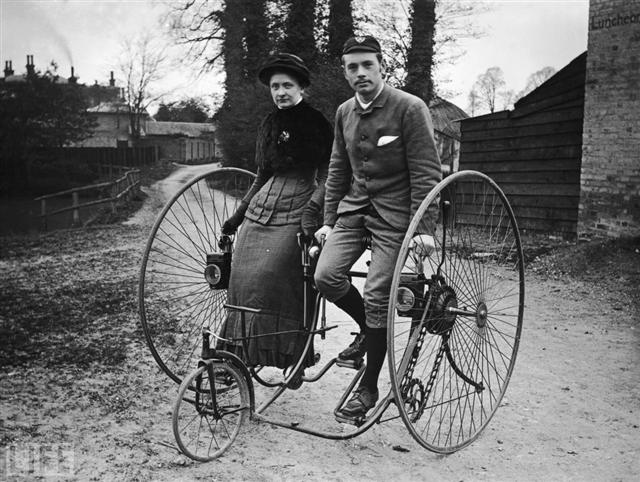PIGEON
Retro Guru
Right, a while ago I was just screwing around with an old wheel that I wasn't going to use anymore. I took it apart, painted the rim and spokes and when it was time to put it back together I didn't feel like lacing it up the way it was before. I had already built a couple of wheels before but it still takes me more time than I cared to spend on that wheel at that time. So I decided to try something different: all the spokes on the left flange are trailing and all the spokes on the right flange are leading. Didn't give it too much thought at the time because I figured it would be just like radial, only with longer spokes (the wheel was a front one). It looked the biz and it trued ok. I even ran it on a delivery bike one time in an "emergency" (bike + me + groceries about 225lbs I'd say) and it seemed to cope with no problem. One major advantage is that spoke length isn't really that important, as long as they're all the same length. However, I can't seem to find any evidence of people having done this before, might this be because it is a potentially dangerous pattern? Surely people must have thought of this before me but decided against it, why aren't people doing this?
